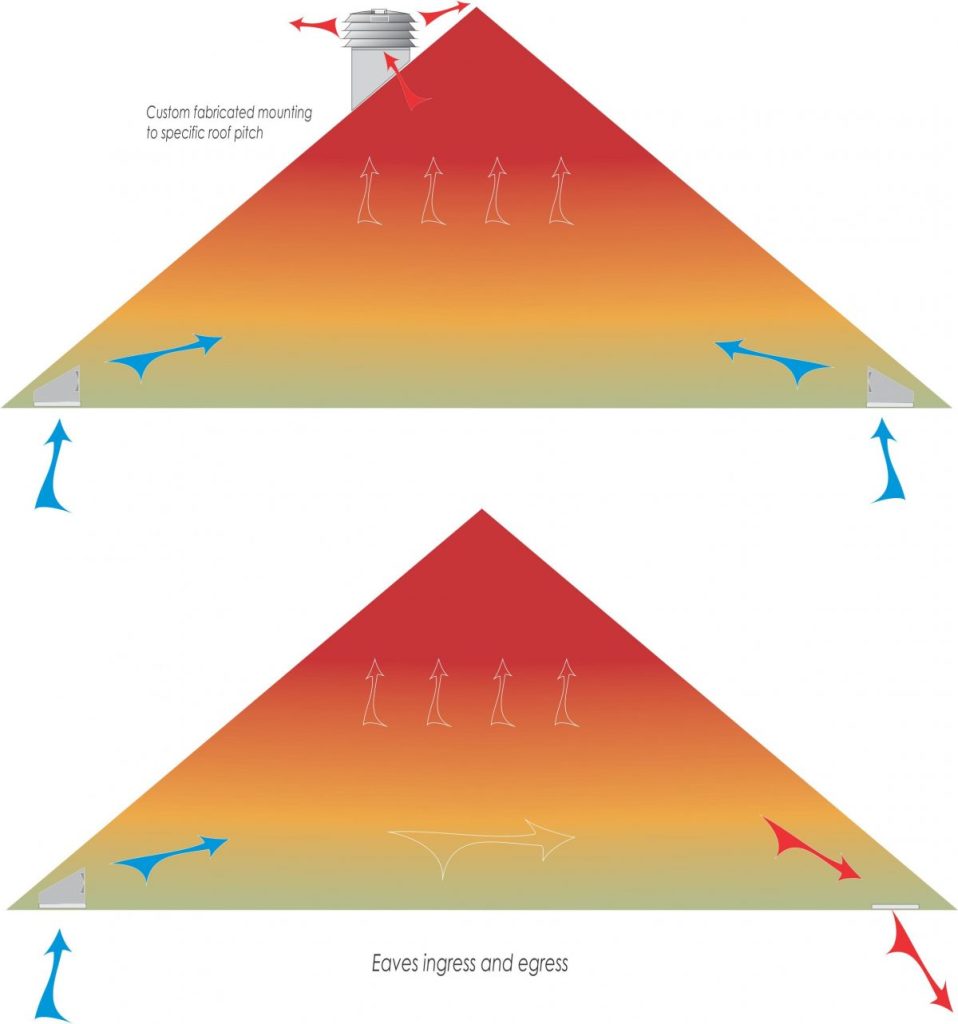Why eaves & soffit vents (natural ingress)
by Isa Stralian
Eaves vents and soffit vents allow the air in the roof void, between ceiling and roof, to equalize in depressurize and ventilate to a degree.
The pressure created by air expansion during the summer months creates a downward thrust on the ceiling with movement and cracks etc occurring periodically.
Installing eaves/soffit vents is a good start.
Once eaves were lined with timber batons spaced apart by 10mm sometimes with fly wire behind them.
Venting of the eaves is much more than just poking holes in the lining to provide air flow.
The fly wire does present a problem in that it needs to be brushed clean, and even replaced from time to time.
Do it once
Your approach will be little more on the expensive side in the build.
Alternatives can be sought however some products seemingly made for the purpose, rarely perform well.
You only want to purchase once.
The eaves/soffit vents ideally need to be responsive to flow both in and out, with minimal resistance and easy to clean.
Vents that have a high resistance value is not cost efficient as you install a greater number, and clean them when they clog up, which will is often.
Ideally the vents should be removable for purposes of maintenance otherwise install high flow eave vents such as those from Condor.
They are fabricated in stainless steel and resin coated white.
More is not better
With roof pitches being lower in today’s build, a roof ventilator is also installed to provide a more positive flow
However, one appropriately sized roof ventilator works far better than several smaller in a common roof area.
Nature works within defined guidelines and variations to a theme are always possible. Concepts need to be within natural principles and not based on fantasies.

